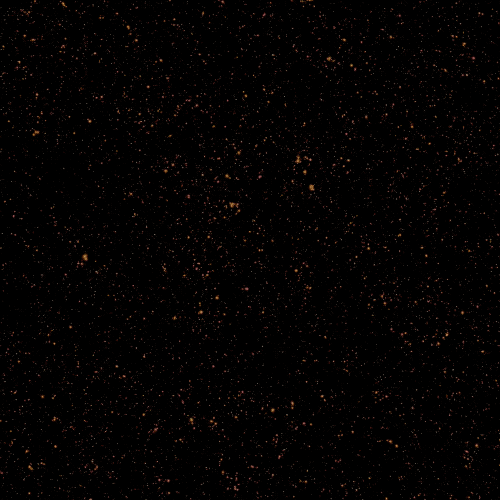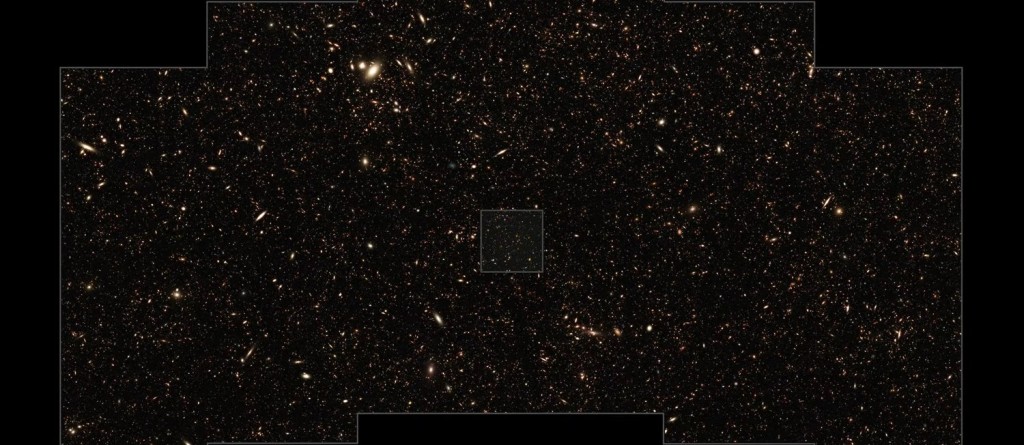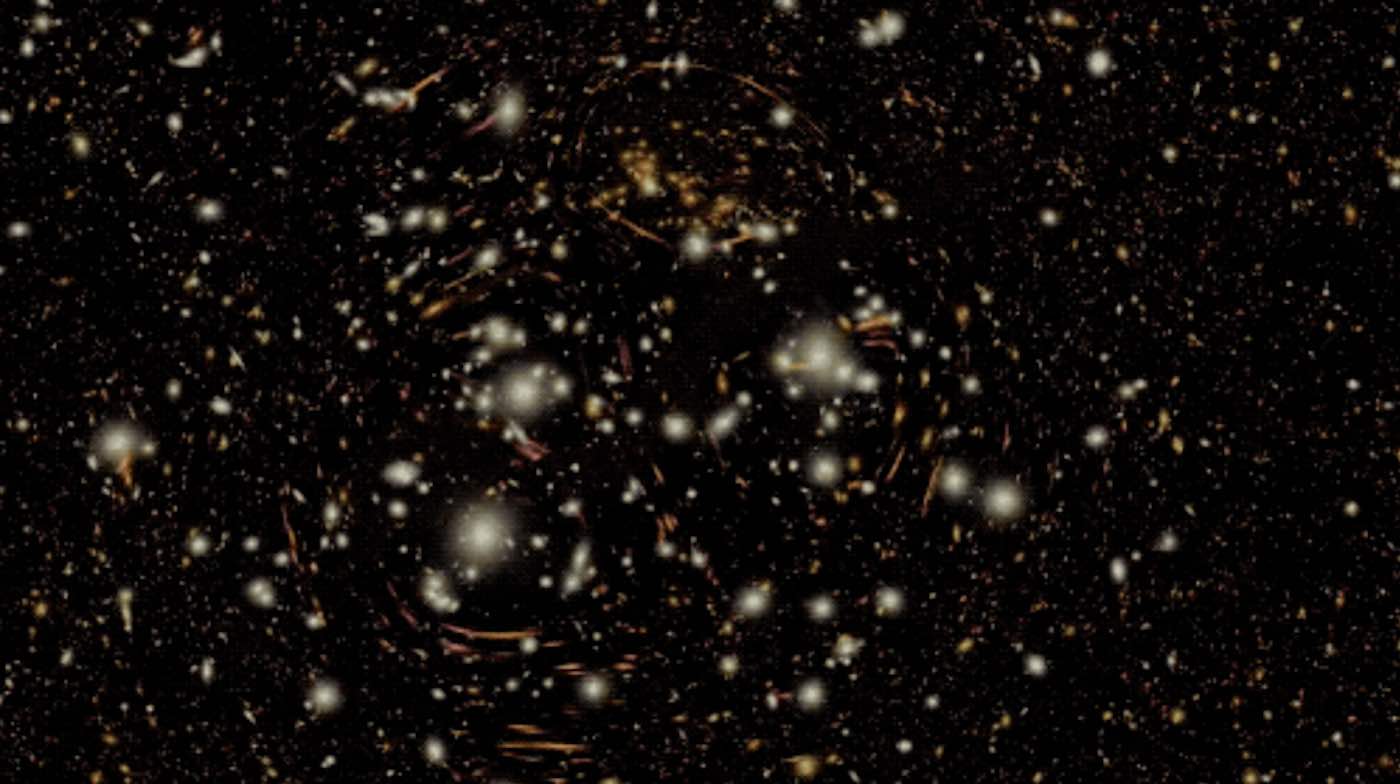
By creating a simulated universe, scientists working in concert with NASA have replicated how we can expect the soon-to-be-launched Nancy Grace Roman Space Telescope can study the influence of dark matter on the universe.
The simulation will help scientists plan the best observing strategies, test different ways to mine the mission’s vast quantities of data, and explore what we can learn from tandem observations with other telescopes.
This cool animation shows how the gravity of intervening galaxy clusters and dark matter can lens the light from farther objects, warping their appearance. By studying this distorted light, astronomers can study both dark matter and dark energy, which are still topics of deep curiosity and little information.
Have you heard of the Nancy Grace Roman Space Telescope (NGR)? This fantastic piece of hardware slated for launch into space by 2027 has a unique role in NASA’s space science directorate.
With the launch and operational debut of James Webb last year, humanity got to see the perfect detail that state-of-the-art magnification and resolution can offer. In contrast, NGR will take large surveys of the sky, but with much higher angular resolution than ground-based telescopes conducting similar surveys.
“If you want to do something like the Hubble Deep Field, Roman [NGR] can do this hundreds of times, to thousands of times faster. So you can contemplate doing in a month what would have taken Hubble a century,” Dominic Benford, Program Scientist for NGR, told World at Large.

In many ways it’s the perfect foil to the James Webb Space Telescope, whereby the NGR surveys huge areas of the sky in great detail, allowing scientists to quickly find interesting objects or areas which can then be passed onto Webb scientists for a closer look.
When not feeding information to Webb, NGR will be searching for the effects of dark matter and dark energy on the placement and formation of galaxies throughout the universe.
MORE TELESCOPE ASTRONOMY: Black Hole Spews Out Material Years After Shredding a Star: ‘We’ve Never Seen Anything Like This’
Dark matter acts gravitationally on everything else around it, pulling galaxies together to form clusters, while dark energy on the other hand acts as a repulsive force, pushing objects out of structures, and structures farther away from one another.
“Major surveys necessary for dark matter and dark energy measurements require a variety of different techniques, but all require large datasets taken uniformly over much more sky and much more time than has been possible for any other space telescope,” said Dr. Benford.
“One way in which to study how these two forces act in the universe is to measure the positions of galaxies now, and compare them to where they were 1 billion years ago, and then maybe 3 billion years ago. Measuring the characteristics of the galaxies’ movements allows scientists to draw hypothetical dark matter/energy structures in a game of connect the dots in which the lines connecting them are invisible,” reports World at Large.
“The gradual slowing of the expansion of the universe after the Big Bang is thought to have been a result of dark matter’s gravitational pull gathering much of the visible matter together again, but the increase in the expansion rate ever afterward is thought to be a result of dark energy pushing it away again.”
MORE ASTROPHYSICS NEWS: Hubble Captures Rare Event: Star Eaten By a Black Hole 300 Million Light Years Away (LOOK)
“One of the long-term questions Roman is supposed to address is what the influence of dark energy has been across cosmic time,” said Dr. Benford. “So we can look forward and extrapolate which of these two is really going to dominate in the universe: does dark energy essentially win out and push the universe apart faster and faster, or does dark matter perhaps win and cause the universe to slow down, or is it in perfect balance?”
WATCH a video on how NGR looks for dark matter…
SHARE This Preview Of A New Chapter On Space Science On Social Media…




















